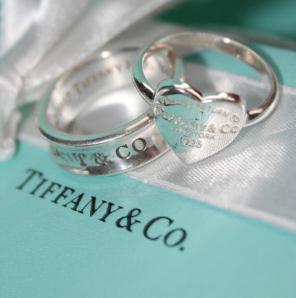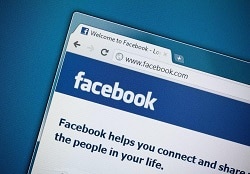 A brand name is the actual word or words that identify a product or service. It can also serve as the logo, describe your end-user, and more. The brand name is not necessarily the logo, however, but it can serve as one if always represented in a signature font like IBM, Coca-Cola, and TIFFANY & Co.
A brand name is the actual word or words that identify a product or service. It can also serve as the logo, describe your end-user, and more. The brand name is not necessarily the logo, however, but it can serve as one if always represented in a signature font like IBM, Coca-Cola, and TIFFANY & Co.
Consider These Things When Naming a Brand
Naming a brand requires carefully considered responses to these questions, to name just a few:
1. What is a brand name?
The logo is the graphic symbol that represents the product or producer. The brand name is the actual words. It’s what you can say to someone over the telephone or what you can type in a text to someone. Some producers will choose a brand name that starts with an A or a B so it will come at the beginning of all alphabetical lists. It’s a huge advantage. At Barefoot, for instance, we didn’t choose the name for this reason, but when we won awards, we were always near the top of the list.
2. Do you want your brand name to serve as a logo?
This occurs when it’s depicted in a distinctive font or typeface. Certain electronic technologies prohibit the use of graphics. Nike can’t type the swoosh into Word, for example. You can photograph it and send it, but you can’t text a logo. A brand name, depicted in a distinctive font, however, can serve as a logo. Some companies – lawyers, for instance – like to use brand names in a signature font in letterhead, contracts, invoices, and so on, to ensure their brand name will always be distinctive and recognizable.
3. Who are you trying to reach with your brand?
If a product is targeted at a very upscale market, the ideal brand name telegraphs high value, such as Cartier, Saks, and TIFFANY, but these took many years to establish. If the product is a brand of electricity that is made from sustainable energy and is destined for a general public seeking alternative energy, a successful brand name might contain the words “green” or “sustainable” or – the newest arrival in the “green” lexicon: “blue.”
4. Where is the brand name going to be used?
Will the product be sold in a grocery store or on the Internet? Will the brand name appear on the label of high-end fashion clothing or on a piece of jewelry? The ideal brand name for your product will be well suited to where it will be used and where it will be viewed.
5. Why this brand name?
A consumer product shouldn’t have any mystery about its name. The name should describe the product. Twitter, for example, sounds like a bird tweeting. Twitter’s logo even depicts a little bird. And if I say the word “Twitter” to you, you know instantly that I’m talking about these little 140-character chirps. Likewise, a successful brand name has as few syllables – or grunts, as my father used to say — as possible. Two to three tops. If the brand name is longer, consumers will shortcut it anyway, as they did with Volkswagen (VW – or the Bug), General Electric (GE), Kentucky Fried Chicken (KFC), Chevrolet (Chevy) and America Online (AOL).
In my experience, the end result will be a brand name that is non-confounding to the consumers you’re trying to reach. Answers their questions up front.
Of course, there’s much more that could be said on this subject. What’s been your experience? Michael Houlihan, co-founder of Barefoot Wine, the largest selling wine brand in the nation, invites you to join the discussion on a Brand name by offering your comments, thoughts, and opinions below.



